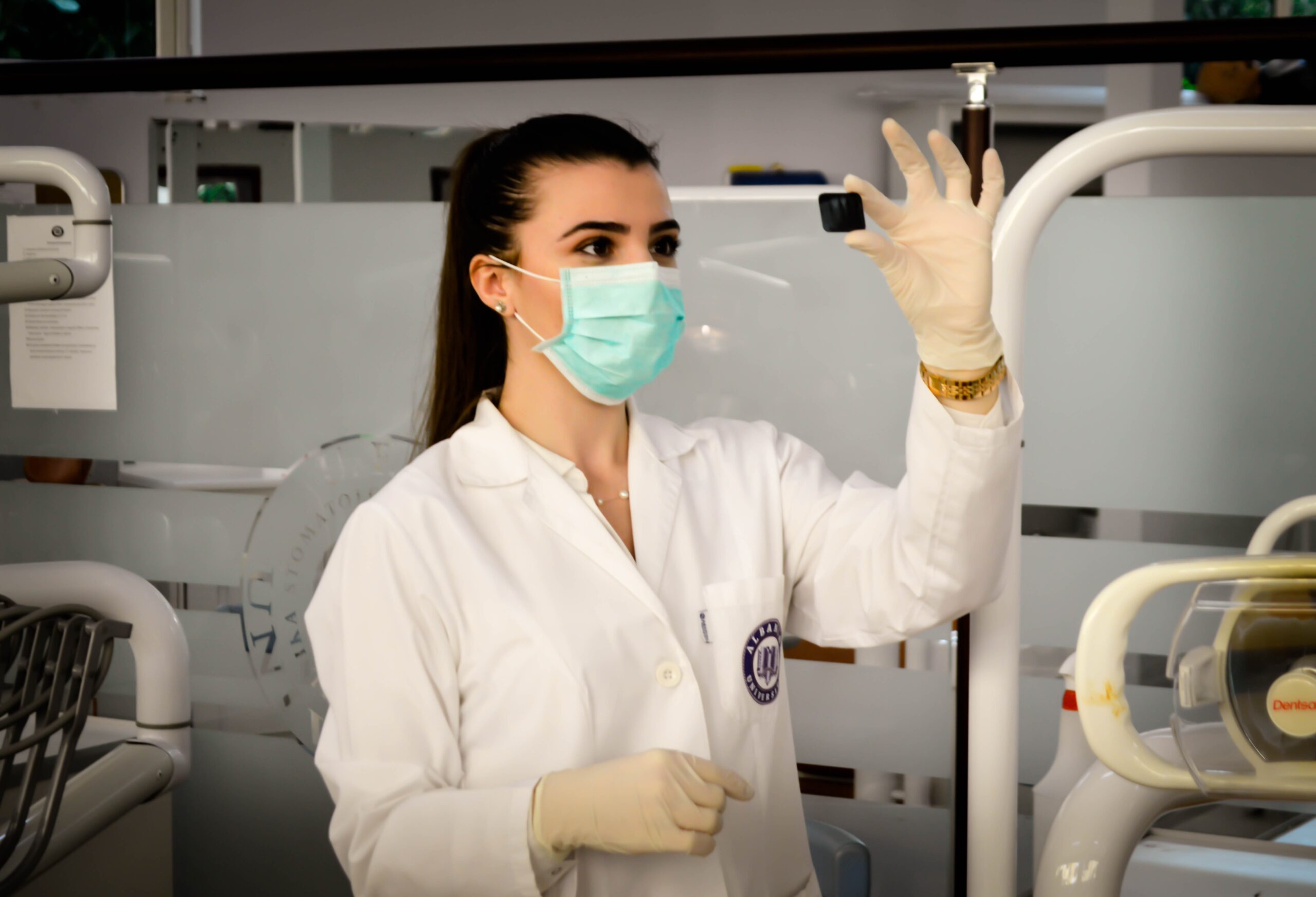Lasley Roberts, head of operations at the Midlands Partnership NHS Foundation Trust said that: Hospitals are not the right place for people who don’t absolutely need to be there.
Aim of the project
The NHS said the aim of the project is to deliver “hospital – equivalent care to patients” in their home or other community setting.
How it is beneficial?
- The move would free up hospital beds
- help deal with spikes in demand
Due to start in January, it would serve up to 470 patients who have been got the same care as they would in hospital.
She also says” some hospital patients can quickly lose independence.
- She also added, those patients who did not need hospital care could be looked after on the Virtual wards,
- cared by the NHS staff with the access to the same equipment, treatment, monitoring, and consultant advice.
- Patients would be monitored remotely, using apps, wearable monitors and other device
Patients could receive visits in their home, which might include:
- some treatment
- get advice
- discuss their conditions via online video conferencing
The scheme is due to start once it has recruited enough staff.
What are Virtual wards?
Virtual wards allow patients to get the care at home safely and conveniently, rather than in hospital
The NHS is increasingly introducing virtual wards to help the needy people. In virtual wards,
Support can include :
- Remote monitoring using apps
- Technology platforms
- wearables devices
- medical devices such as pulse oximeters.
It may involve face to face care from multi-disciplinary teams based in the community, which is sometimes called Hospital at home.

